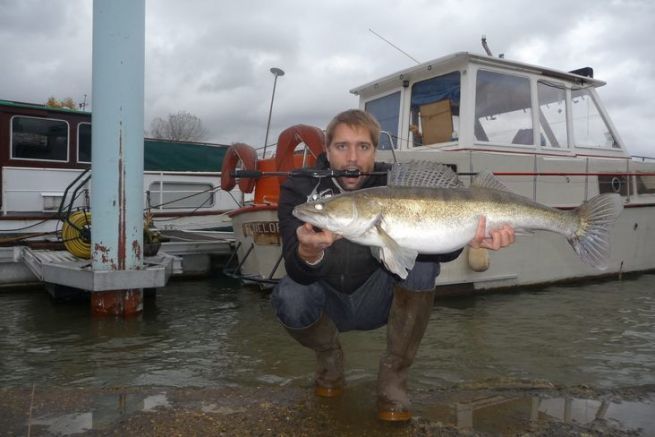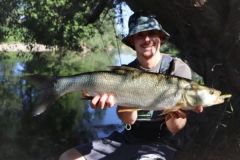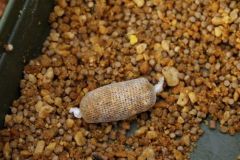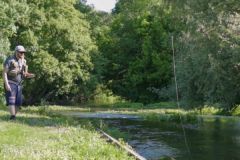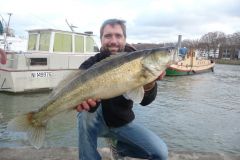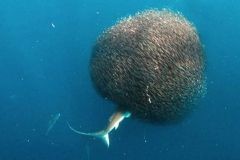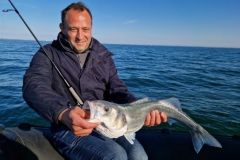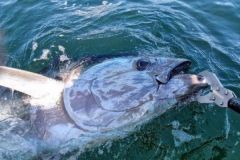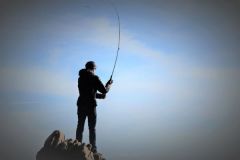Floods are very special moments in the life of a river, and consequently in the approach the angler needs to take to lure pike-perch. Indeed, changes in the environment have a direct influence not only on the behaviour of its inhabitants, but also on the perception and location of our lures.
During a flood, water turbidity varies considerably, sometimes reducing visibility to just a few centimetres. To overcome this problem, we recommend using models that offer relatively strong vibrations, a color that contrasts with the environment and a mainly slow animation.
With this in mind, I'm also in favor of using fairly "substantial" lures, especially as the prey targeted in late autumn and winter is often quite large.
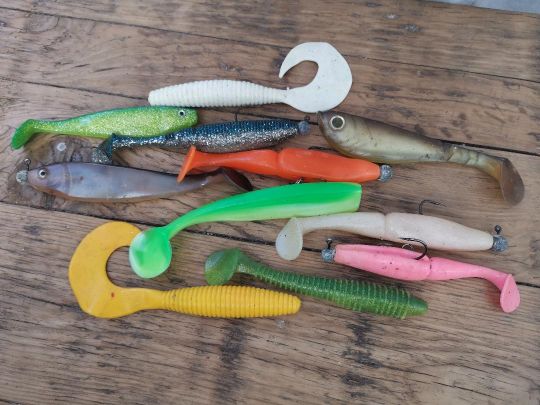
Flashy soft lures in 6-7 inches
So, during high-water periods, my lure selection focuses mainly on 6" or 7" shads or grubs in white, orange, pink, yellow or black.
My selection of shads
I'll be using Sawamura One Up shad in 6" and 7" and Keitech Fat shad impact in 5.8" for the finest vibrations and slowest fishing. For stronger vibrations and faster or "tonic" animations, I trust the timeless Delalande GT shad and Berkley's 14 cm Pulse shad. For intermediate vibrations, I particularly like Lunker City's 6" Shaker.
My selection of Grubs
In order to offer other vibrations, which is sometimes decisive, I opt for grubs measuring between 15 and 20 cm. Either they're classic grubs, or I rely on Delalande's famous Sandra.
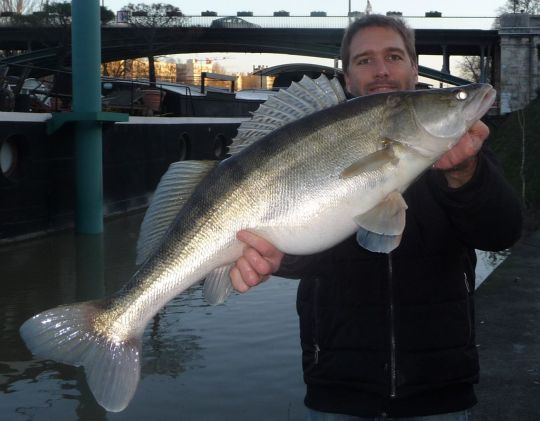
Traction, linear and scratch fishing
Depending on the state of pike-perch activity, it is necessary to vary the animations.
There are 3 possible scenarios:
- Pike-perch are on the hunt in this case, I prefer to fish with the lures that produce the strongest vibrations. All you have to do is let the lure sink to the bottom, give it a pull of about 40-50 cm and then let it drop back down again, keeping the streamer taut and accompanying it with the rod tip.
- Pike-perch are active i then opt for a linear retrieve on the reel, staying as close to the bottom as possible and taking a few breaks at regular intervals. All that remains is to find the right speed and vibration.
- Pike-perch are at rest : In the latter case, I fish very slowly, pausing for long periods on the bottom.
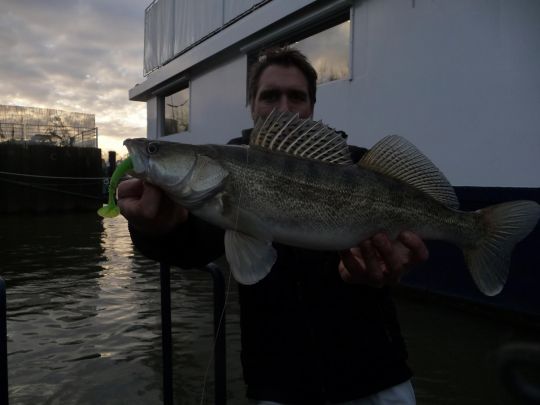
The importance of grammage
In all soft lure fishing, weight is a decisive factor. During floods, the problem remains the same: you need to find the best compromise to fish lightly and naturally while remaining close to the bottom. For line fishing, weight is closely linked to retrieve speed.
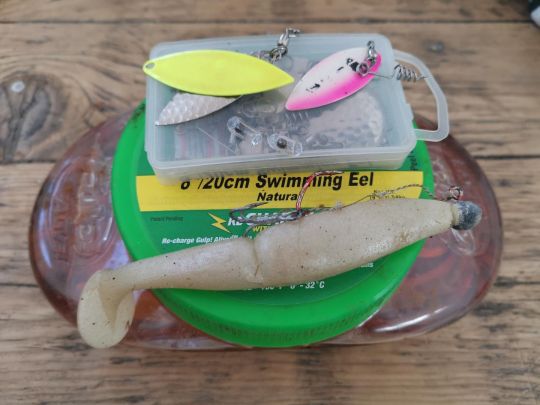
A few more subterfuges
To increase your chances of catch, you can use attractants on your lures or add a triple thief if bites are particularly subtle due to lack of activity or an unresolved parameter (lure size, color, weight). Paddles and rattles can also be used to trigger a few extra bites.

 /
/ 